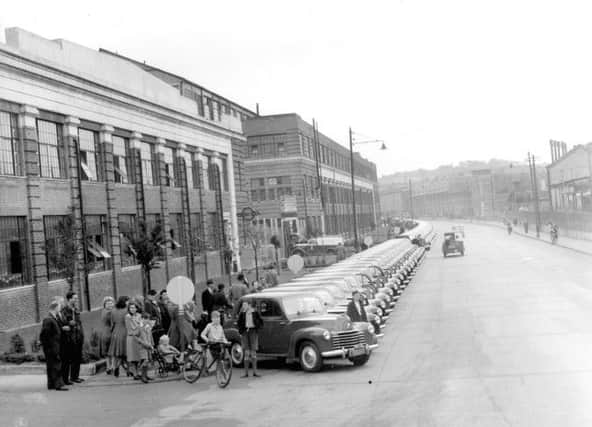Vauxhall Motors’ models of success in the ’40s and ’50s


Luton had just opened its municipal power station, was served by two railways and had a ready supply of workers
Various models were produced, with mixed success, before 1938 saw a milestone in automotive engineering whe the Vauxhall Ten-Four sold 10,000 units inside five months.
Advertisement
Hide AdAdvertisement
Hide AdFour years’ work was compressed into one in the design and development of Vauxhall’s wartime production tank – the Churchill Marks I – III.
The Mark III Churchill of 1942 was the only British tank whose armour could withstand the German Tiger tank’s 88mm tungsten carbide shot.
The first proper post-war Vauxhalls came in 1948 with the 6-cylinder Velox and 4-cylinder Wyvern. They shared a common body shell with its ‘alligator’ bonnet-opening.
A two- or three-year waiting list for new cars reflected the industry-wide obligation to export half its output.
Advertisement
Hide AdAdvertisement
Hide AdLonger, lower and wider than its predecessor, the PA Cresta wowed the 1956 Motor Show with its full-width US styling and cool tail fins. Always a fashion statement, the colour schemes included pinks and greens. This was the heyday of Vauxhall with as many as 30,000 people working at its factories in Luton and Dunstable.
The company re-entered the small car market in 1963 with the Viva, but this was built at Ellesmere Port. Luton’s lifelines were the 1975 Cavalier and later the Vectra before car production in the town ended in 2002.